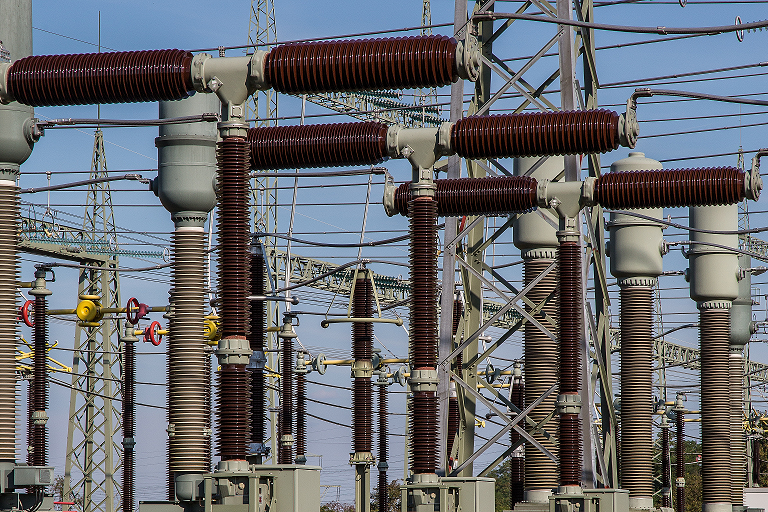Energy Risks toward 2025: Disaster Risk and Resilience Assessment of Renewable and Traditional Systems
- contact:
Project Description
Energy systems are key to the recovery of a location post-disaster. Connectivity to internet, telephone systems, heat, cool, cooking, and many other processes are energy-system driven. Evacuation, business downtime and direct losses are all associated with energy systems. A change to the system, whether from natural disaster, terrorism or other effects can cause major delays and follow-on consequences for social and economic systems as seen through Tohoku 2011. With the world becoming increasingly reliant on electricity through use of the internet, a potential major outage during a disaster is a risk that will become more and more important to countries in the future.
A loss database has been developed to collect historical natural disaster events affecting power systems and powerplants. Over 1000 events have been collected within CATDAT with energy system losses, but in addition an exposure assessment from past events has also been undertaken on today’s global stock indicating that there are likely many more events that need to be analysed and collected in the CEDIM database in years to come.
In addition, PDNAs (post disaster needs assessments) and DALAs (disaster and loss assessments) have also been used to provide a relative loss ratio as a percentage of the total losses for the energy sector. The current methodology requires much information, but is needed to properly estimate energy losses post disaster, however within this project, a more rapid methodology and data collection system is developed.
This study provides a first step towards risk modelling for the energy sector post- and pre-disaster for various hazards which can potentially be used in rapid post-disaster needs assessments in combination with the World Bank or other entities. Open source risk models have been explored for earthquake, wind, hail, volcano, flood for energy systems, and over 40 are available and can be applied to potential losses in the energy distribution systems infrastructure and networks, giving a good background to development of risk and loss curves for the energy sector.



 This study provides a first step towards risk modelling for the energy sector post- and pre-disaster for various hazards which can potentially be used in rapid post-disaster needs assessments in combination with the World Bank or other entities. Open source risk models have been explored for earthquake, wind, hail, volcano, flood for energy systems, and over 40 are available and can be applied to potential losses in the energy distribution systems infrastructure and networks, giving a good background to development of risk and loss curves for the energy sector.
This study provides a first step towards risk modelling for the energy sector post- and pre-disaster for various hazards which can potentially be used in rapid post-disaster needs assessments in combination with the World Bank or other entities. Open source risk models have been explored for earthquake, wind, hail, volcano, flood for energy systems, and over 40 are available and can be applied to potential losses in the energy distribution systems infrastructure and networks, giving a good background to development of risk and loss curves for the energy sector.